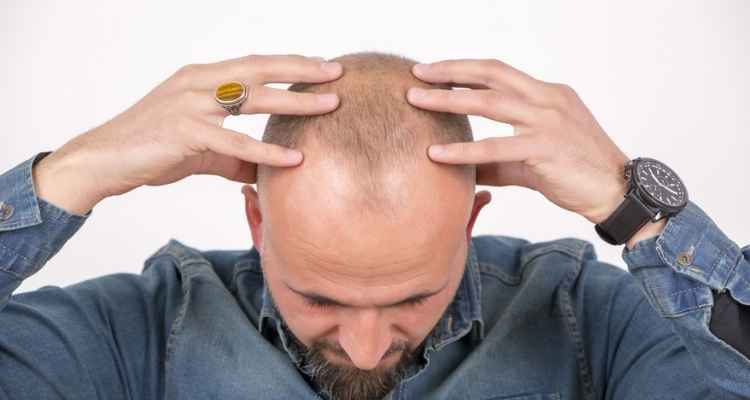As people get older, two-thirds of men and nearly half of women lose a substantial volume of hair. Hair loss can cause a lot of mental discomforts because so many people perceive full, healthy hair to be a symbol of youth and vigour.
While hair follicle transplantation to balding areas was formerly thought to be the sole reliable way of hair restoration, medical technology has advanced to the point that there are now a variety of non-surgical hair restoration treatments. The answers are real. Stem cell therapy, Microneedling (with PRP or stem cell therapy), and Scalp micro-pigmentation (SMP)
The non-surgical hair restoration procedure is almost invisible to the naked eye and touch. In addition, the therapies you receive are determined by the severity of your hair loss. It also depends on the origin of the balding condition and the desired restoration result.
As a result, we must get a proper diagnosis from a qualified medical specialist, such as Prime Hair Clinic. Here are the best options when it comes to non-surgical hair restoration.
1. Platelet-Rich Plasma (PRP) Therapy
A PRP is a blood sample containing a mixture of plasma and platelets, which will be re-injected into the scalp. This encourages hair growth and healing. As a result, PRP can aid hair growth. In a nutshell, it’s like hair fertilizer.
It takes roughly 10 minutes to receive PRP therapy then you can resume your normal activities following the operation. PRP treatment can be done exclusively or in conjunction with hair transplants, stem cells, and microneedling. PRP therapy procedures can cost around $600 to $3000.
2. Therapy With Stem Cells
Stem cells are extracted from the patient’s fat and then injected into the scalp to prevent hair follicle shrinkage. Hair growth is promoted as a result. A surgeon will use a mini-liposuction procedure to remove 1 to 2 ounces of fat tissue from your belly.
This procedure takes 30 minutes to an hour to perform. After receiving the stem cells, the doctor will administer a local anesthetic to numb your scalp and make the procedure less uncomfortable. The stem cells will be implanted into the required part. This operation could take around 30 minutes.
3. Microneedling
This cosmetic procedure combats the effects of aging. It entails using a skin roller that contains small needles and creates minor skin injuries.
Microneedling is the process of making small wounds in the skin of your scalp with a skin roller. Hundreds of microscopic needles extend from the roller device to the skin’s middle layer. When PRP or stem cells are combined, this may help rejuvenate hair follicles and stimulate new hair growth.
As a result, the micro-injuries improve Rogaine and topical steroid absorption. It also improves the condition of existing hair. Microneedling sessions can cost anything from $300 and $700 each session, depending on the size of the treatment area.
4. Micropigmentation Of The Scalp
Scalp Micropigmentation is a hair restoration procedure that improves the appearance of your hair. This may be a realistic alternative for those seeking non-surgical hair restoration for hair transplant scarring, alopecia, and pattern baldness. Furthermore, it injects pigment into your scalp using microscopic needles.
The treatment is spread out across four sessions, lasting between two and four hours. As a result, it should go away in a few days as the skin on your scalp improves. Each session lasts about 2-3 hours. It usually takes 2-4 sessions to achieve the best effects.
It’s a cost-effective solution for men suffering from male pattern baldness, and it’s also great for scar revision after a hair transplant or an accident. The total cost of micro scalp pigmentation will vary depending on the practitioner and the treatment’s scope. According to estimates, a normal balding treatment costs between $1,800 and $4,000.
The basic treatment might cost anything from $1000 to $2500. More extensive procedures can cost anywhere from $3000-$4000. Health insurance normally does not cover non-surgical hair regrowth because it is seen as cosmetic. Some clinics offer payment plans to make non-surgical hair restoration more affordable.
If the surgery is done for medical reasons, they may cover some costs. In addition, the price may vary depending on your location, facilities, and level of expertise.

